

Max Davies
How Audi, BMW, Honda, Mercedes-Benz, and Suzuki started out in Australia, and where they are now
3 Hours Ago

News Editor
The Cadillac Celestiq is an almost 5.4m-long, handbuilt electric flagship which has set the latest design direction for General Motors’ luxury brand… but it won’t come here.
“For the Celestiq specifically, that one’s not in our plan right now,” said GM Australia and New Zealand managing director Jess Bala.
“If you look it up, there’s obviously a very good reason why – it’s a very different [production] process.
“[But] when you look at all of those amazing design cues in the Celestiq, our customers here are going to have access to a lot of that as that flows through to the rest of the portfolio.”
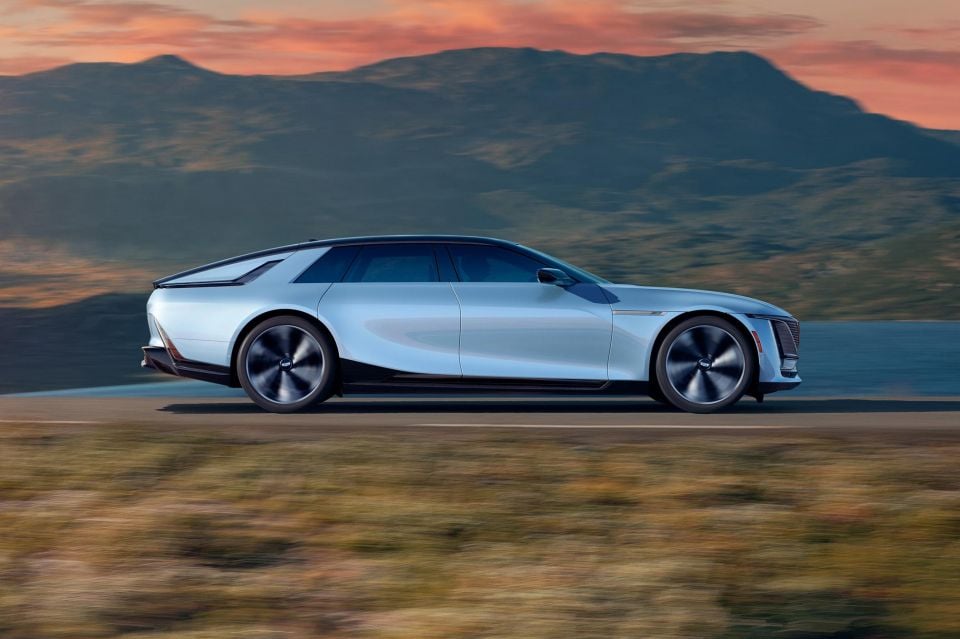
Each Celestiq will be personally commissioned, with clients working with a concierge to craft their model.
They will be produced at the General Motors Global Technical Center in Warren, Michigan in a high-security “clean room”-type environment called the Artisan Center. No more than six vehicles will be assembled at any time.
The company has said the Celestiq will receive the most ambitious quality program in its 120-year history.
It’ll be the first vehicle built at the Technical Center, with GM investing US$81 million (A$128.96 million) in the facility to support production.
The price tag for customers? North of US$300,000 (~A$450,000).
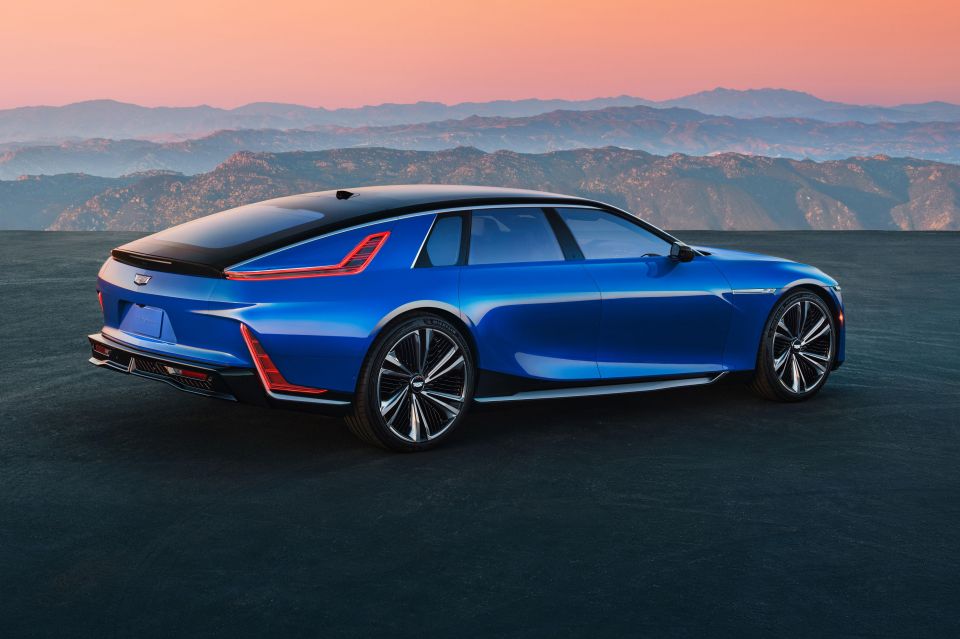
Like the Lyriq, which is headlining Cadillac’s return to Australia later this year, the Celestiq was designed by Magalie Debellis.
Numerous design elements of the flagship, like the pinstriped grille area and split-level tail lights, feature on both vehicles.
The Celestiq was designed first, with Cadillac’s other EVs being penned later.
“It’s got a bit of the arrogance and the chutzpah that Cadillac used to have, it’s not chasing the Germans that we perhaps once would have,” said GM global design boss Michael Simcoe.
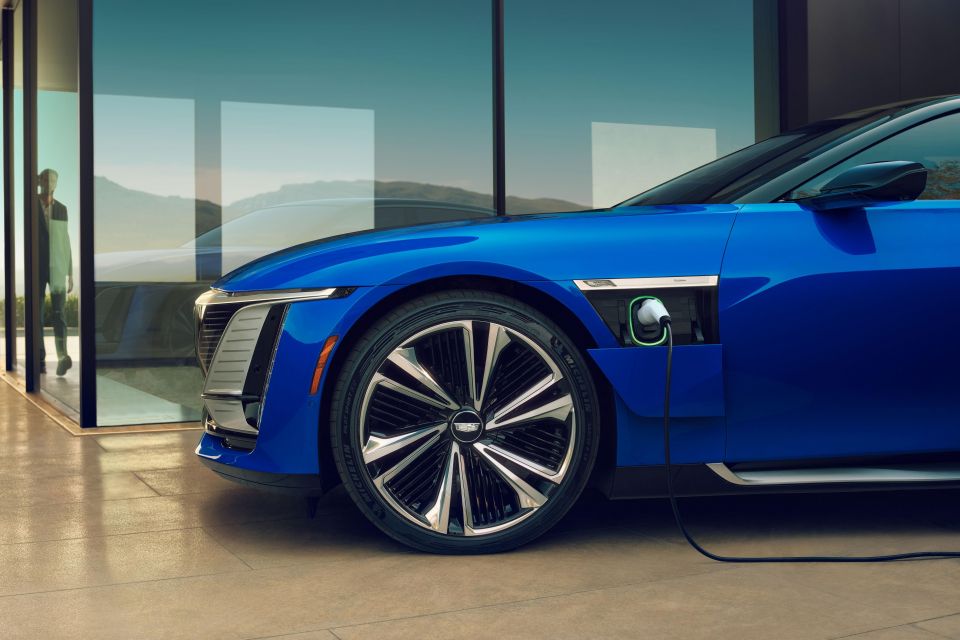
“The change to EV allowed us to focus on a car like Celestiq and make it real. [We had] trust and support [from GM management] for design, that vehicle wouldn’t have become reality [without it].
“You get a chance once in a lifetime to do a handbuilt vehicle, in the multiple hundred thousand dollars worth and then offer it to customers with a design support to do what they like.
“The look, the feel, the character, the surface, the graphics, and that new face in the EV world then begat Lyriq and Optiq and everything else that will follow.”
Mr Simcoe called the Celestiq a “north star” for the brand – not to be confused with Cadillac’s famous Northstar V8 – which is intended to show the market the brand is committed to an electric future.
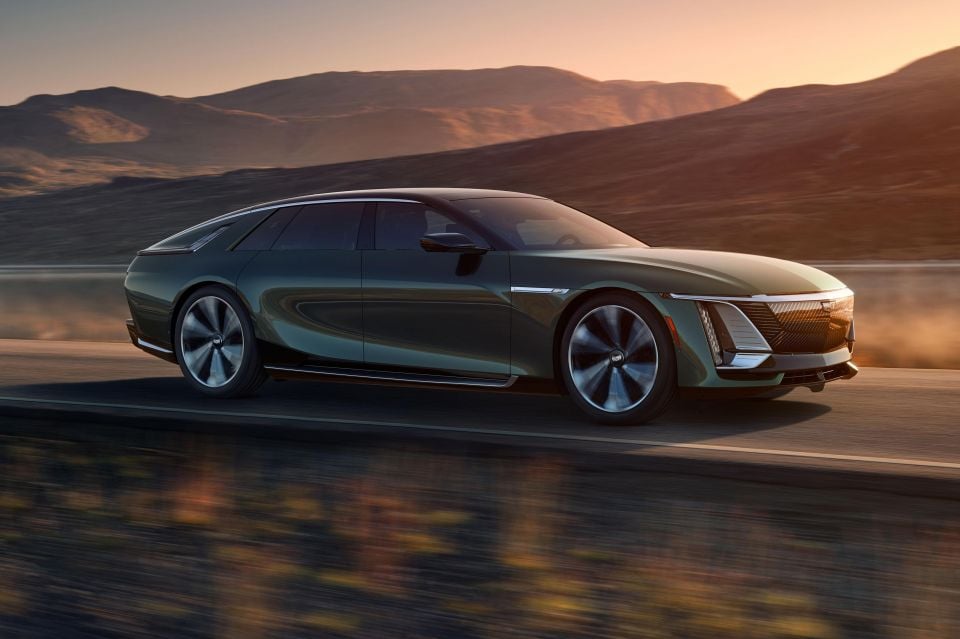
“It’s not about selling lots and lots of products, it’s about saying something about the brand… There’s a little piece of Celestiq in everything we do,” said Mr Simcoe.
The Celestiq is thus far Cadillac’s only electric passenger car, and is far and away the priciest member of the luxury brand’s lineup.
It features a dual-motor all-wheel drive powertrain, with total system outputs of 447kW of power and 868Nm of torque and a 111kWh battery pack.
It boasts a claimed 0-60mph (0-96km/h) time of 3.8 seconds, with claimed range of 483km and DC charging capability of up to 200kW.
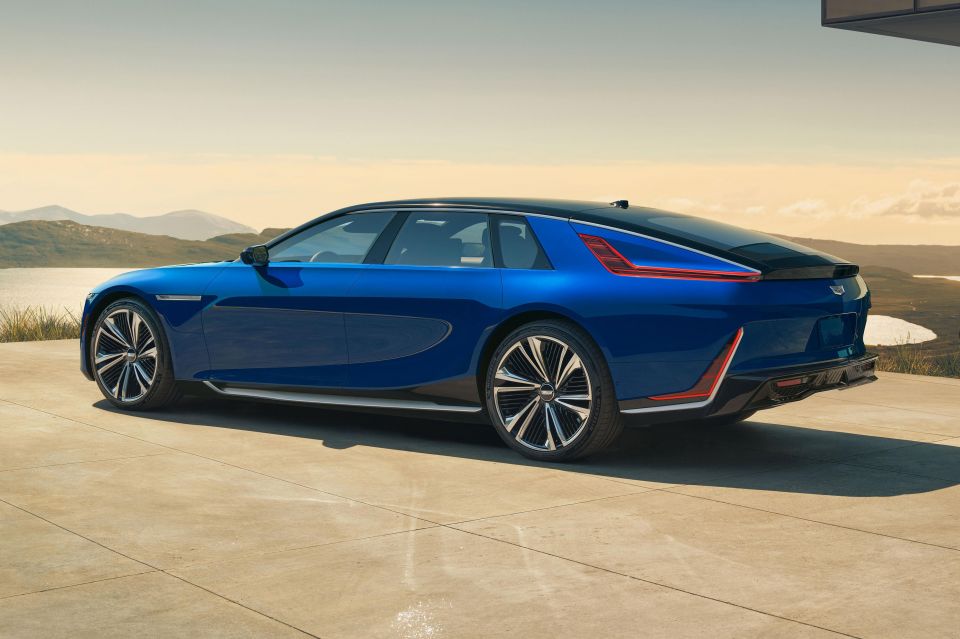
It’s the only Ultium-based vehicle with 11.59:1 front and 11.63:1 rear gear ratios, which Cadillac says were specially calibrated to optimise range and performance. As expected of a luxury EV, there’s also regenerative braking and a one-pedal driving feature.
The Celestiq rides on adaptive air suspension with a five-link set-up front and rear, and features Magnetic Ride Control 4.0.
This is the latest version, also seen on the CT5-V Blackwing, of the magnetorheological damping technology the brand debuted on the 2002.5 Seville STS.
Other hardware includes Active Rear Steering, offering up to 3.5 degrees of out-of-phase rear steering, plus Active Roll Control and an active rear spoiler.
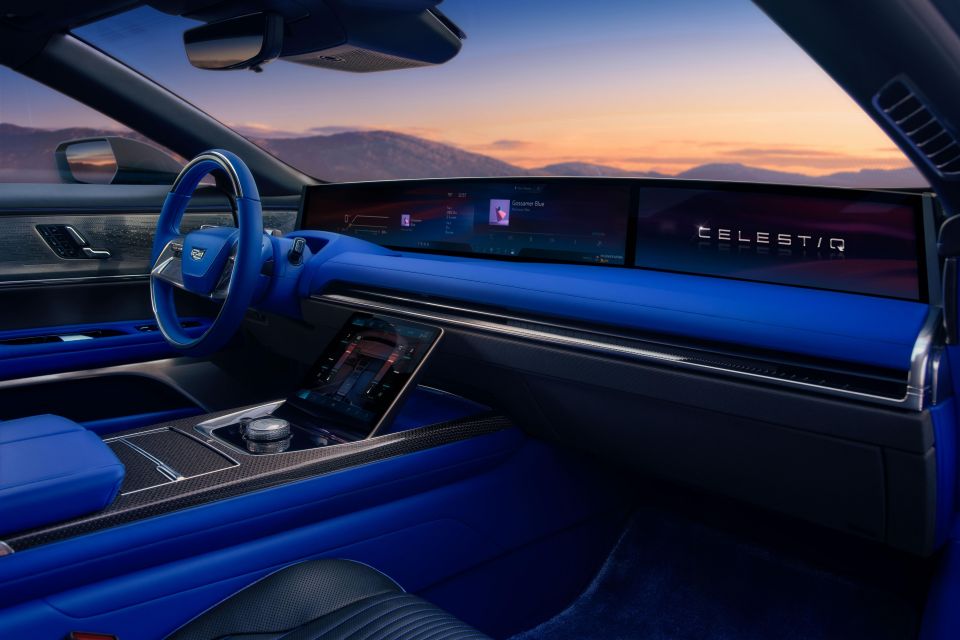
It also rides on large 23-inch wheels in ‘countless’ different colours, wrapped in specially labelled Michelin tyres.
Inside, a 55-inch display runs from pillar to pillar, containing two separate screens under a single panel of glass.
A crystal multi-function controller can be used to navigate on the primary screen, and the infotainment features Google built-in with Google Assistant and Google Maps.
Additional screens in the cabin include an 11-inch front console-mounted ‘Command Center’, an 8.0-inch screen on the rear console, plus 12.6-inch screens on each front seatback.
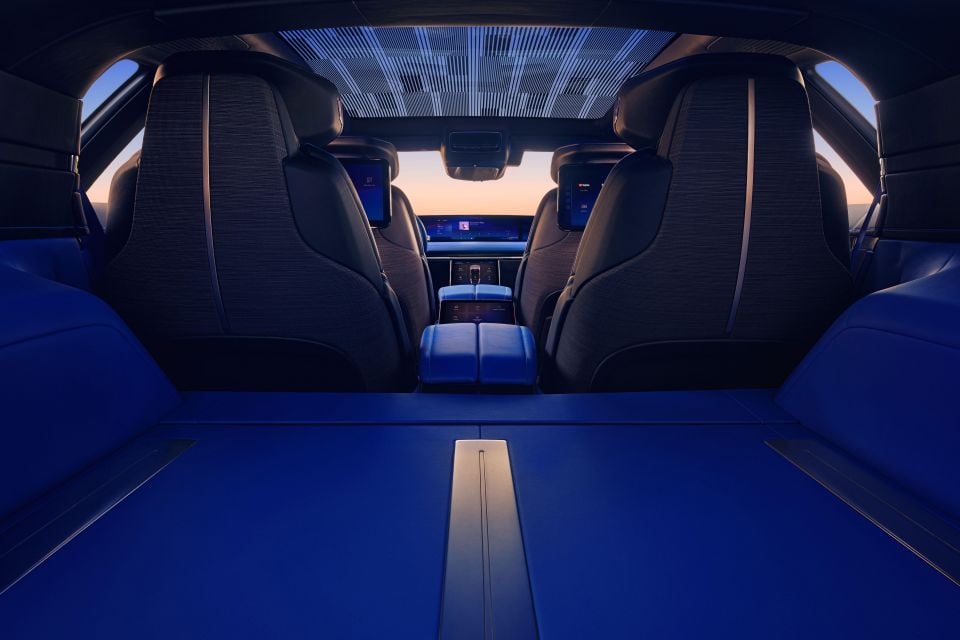
There’s a fixed glass roof with no sunshade, however it features suspended particle device technology with four adjustable zones, multi-colour ambient lighting and ‘lighting choreography’.
Hand-finished metalwork and hand-wrapped leather adorns the interior, while acoustic laminated glass keeps sound out.
Standard equipment includes four-zone climate control, along with heating, cooling and ventilation for all four seats plus heated armrests and a “neck scarf” feature.
There are 41 speakers all up, including a 38-speaker AKG Studio Reference Audio System for the interior… and three exterior speakers that provide “curated propulsion sounds”. There’s also active road noise cancellation for the cabin.

As with the Lyriq, there’s a long dash-to-axle ratio, while every metal-look surface on exterior is real metal, including the brushed aluminium body side trim and the cast aluminium grille.
The fender ‘Goddess’ has a unique crystal element with ‘premium’ LED lighting elements therein, while carbon fibre is also used on the exterior.
There are no physical door handles. Instead, the doors are power-operated and open and close with the push of a button.
The headlights and tail lights also offer charging status indicators, as seen on the GMC Hummer EV.
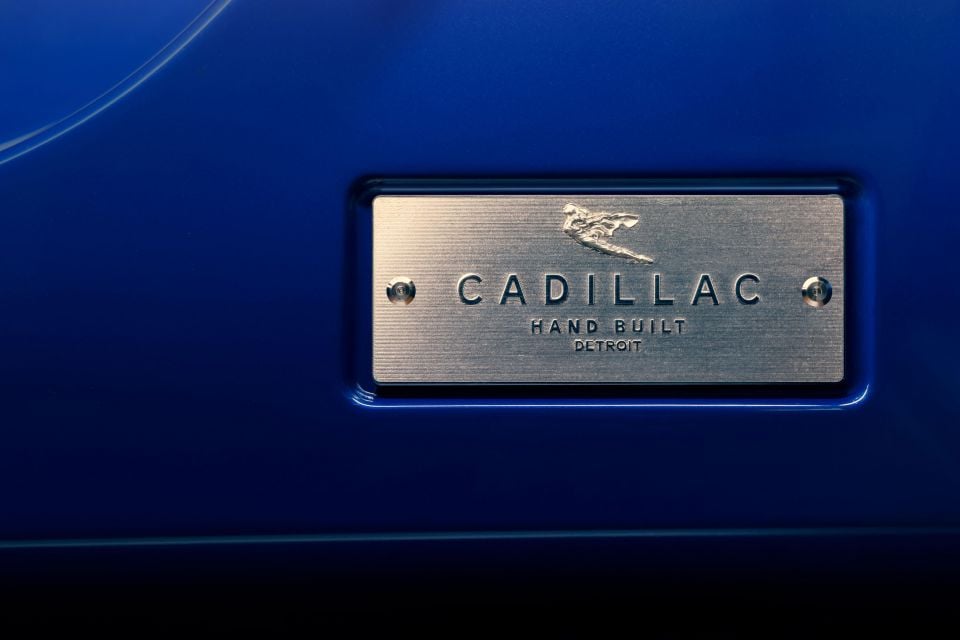
A choreographed light sequence, fanning out from the front Cadillac crest, occurs when you’re around 5m away from the Celestiq with the key fob.
Unlike the Escala of 2016, a twin-turbo V8-powered fastback that previewed a flagship model that never came, the Celestiq has made the leap to production vehicle.
Not only that, it also closely resembles the original concept.
Where expert car reviews meet expert car buying – CarExpert gives you trusted advice, personalised service and real savings on your next new car.
William Stopford is an automotive journalist with a passion for mainstream cars, automotive history and overseas auto markets.


Max Davies
3 Hours Ago


William Stopford
3 Hours Ago


Derek Fung
4 Hours Ago


Max Davies
11 Hours Ago


William Stopford
1 Day Ago


Ben Zachariah
1 Day Ago